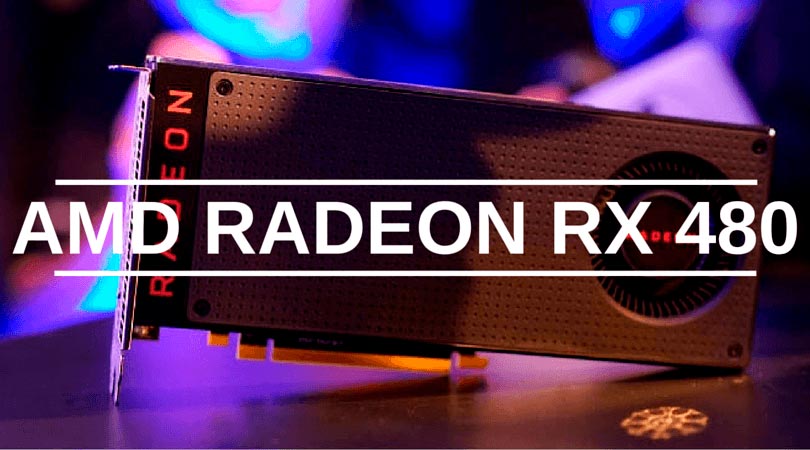The battle between graphics cards is going to begin on June 29th when AMD launches their newest creation, The Radeon RX 480. Their new affordable mainstream card is supposed to appeal to the majority market that the newest NVIDIA graphics card cannot. While in a livestream in Tapiei, AMD announced that the new graphics card be based on the coming Polaris graphics processors. Is it really a competition between the high end Nvidia GeForce GTX 1080 Founders edition graphics card and the AMD Radeon RX 480 though? Most likely not. It’s what you’re willing to pay for based on the complexity of your system.
Price
As stated in the introduction, AMD is targeting the general population in the need of graphics cards, not just the gaming guru’s with souped up systems. The goal of the Radeon is to suffice virtual reality ready systems with a graphics card at an affordable price. This is why AMD has announced that their newest card will be at the reasonable price of $199, opposed to the likes of the powerful yet expensive, NIVIDIA GeForce GTX 1080 Founders edition.
Specifications
The graphics core processor behind the Radeon RX 480 is the Polaris 10 XT. This is set to hit the market with the Radeon RX 480 and was built to support the new graphics card. The card uses a 14nm FinFET fabrication unit which is a type on non-planar or 3D transistor that is used for the design of the processors. Alone, the Radeon has a GPU Base clock of 1266 mhz and 5.83 TFLOP’s max compute speed, which is just under 350 mhz of clock speed and 2.4 TFLOP’s lower than the GTX. In categories such as memory, memory bus with, and effectiveness of the memory clock, the Radeon truly holds its own and even surpasses competitors at much higher prices.
Comparison
The natural comparison to make for the Radeon RX 480 is to the market powerhouse NVIDIA GTX 1080. Considering the price of the AMD product is only a third of what the NVIDIA graphics card is, videocardz.com ran a test of two Radeon RX 480’s compared to the likes of one GTX 1080. In their preliminary frames per second test the AMD graphics cards took home the cake with 62.5 fps compared to the 58.7 fps of the NVIDIA card. Keep in mind that AMD is using the double the dosage in this test, but is still significantly cheaper. From there the test measured the single, medium, and heavy batch utilization of each graphics card. As each test occurred, the Radeon RX 480 increased its GPU utilization by at least 15% while the GTX 1080 stayed over 97% at all the batches. The overall goal of GPU utilization is to achieve a higher percentage which ultimately means that your GPU is performing to its full capability. When the 480 is in a single batch it is only using 51% of its full capability with 2 graphic cards in play. This percentage does see a tremendous increase when moving to a medium and heavy batch which does make it an appealing competitor in certain situations.
Conclusion
The Radeon RX 480 certainly has its upsides that are shown through its price, multiple specifications, and aspects of its overall comparison between it and the NVIDIA GTX 1080. But due to its lack of utilization, unified processors, and base clock speed, it just isn’t on the same level as the GTX 1080. This doesn’t mean this is not a good graphics card for your system, just not the best buy on the market. If you’re looking for a solid graphics card at a very respectable price, then look no further than the Radeon RX 480 by AMD.
